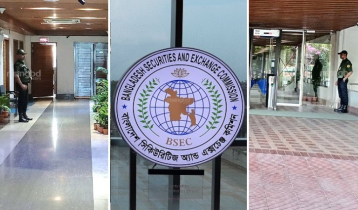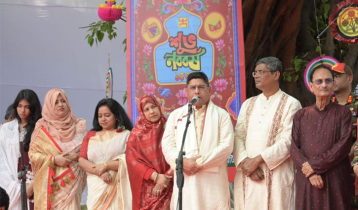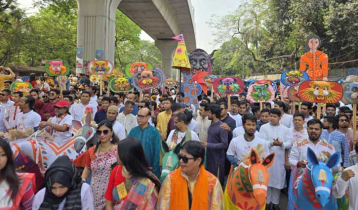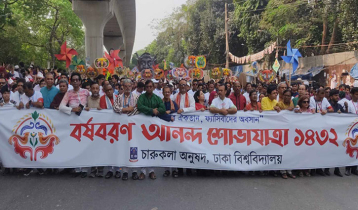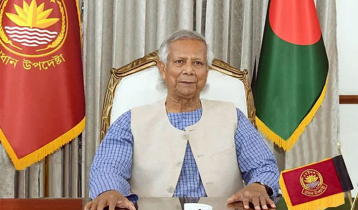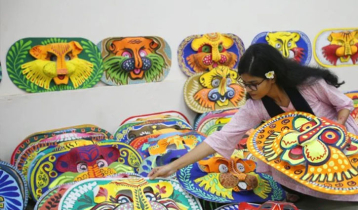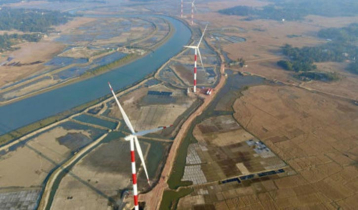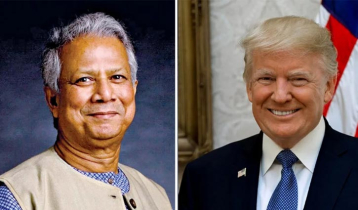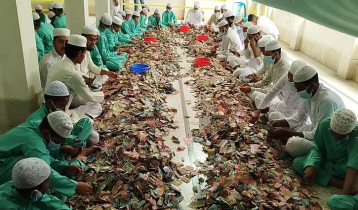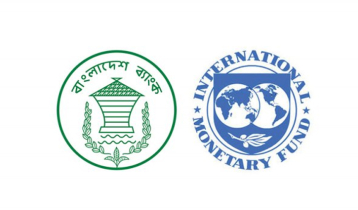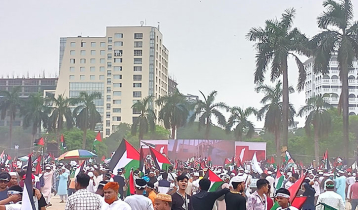India becomes 1st country to receive $100b in remittances
News Desk || risingbd.com

The International Organisation for Migration (IOM), in its World Migration Report 2024 launched Tuesday, said that in 2022, India, Mexico, China, the Philippines and France were the top five remittance recipient countries.
India received over USD 111 billion in remittances in 2022, the largest in the world, becoming the first country to reach and even surpass the USD 100 billion mark.
“India was well above the rest, receiving more than USD 111 billion, the first country to reach and even surpass the USD 100 billion mark. Mexico was the second-largest remittance recipient in 2022, a position it also held in 2021 after overtaking China, which historically had been the second-biggest recipient after India,” the report said.
According to the report's data, India was the top country receiving remittances in 2010 (USD 53.48 billion), 2015 (USS 68.91 billion), and 2020 (USD 83.15 billion), with the remittances crossing the USD 100 billion mark to reach USD 111.22 billion in 2022.
It noted that with a very large number of migrant workers from the subregion, Southern Asia receives some of the largest inflows of remittances globally.
Three countries in Southern Asia - India, Pakistan and Bangladesh, rank among the top ten recipients of international remittances in the world, underscoring the significance of labour migration from the subregion.
Pakistan and Bangladesh were the sixth and eighth largest international remittance recipients in 2022, receiving nearly USD 30 billion and USD 21.5 billion respectively.
The Gulf States remain significant destinations for migrant workers from around the world, and the 2022 football World Cup further underscored the importance of migrant labour to the subregion as well as rights violations.
Migrants continue to comprise high proportions of the total populations in many Gulf Cooperation Council (GCC) States.
In the United Arab Emirates, Kuwait and Qatar, migrants made up 88 per cent, nearly 73 and 77 per cent of the national populations, respectively.
Most migrants – many of whom come from countries such as India, Egypt, Bangladesh, Ethiopia and Kenya – work in sectors such as construction, hospitality, security, domestic work and retail.
Dhaka/Mukul




